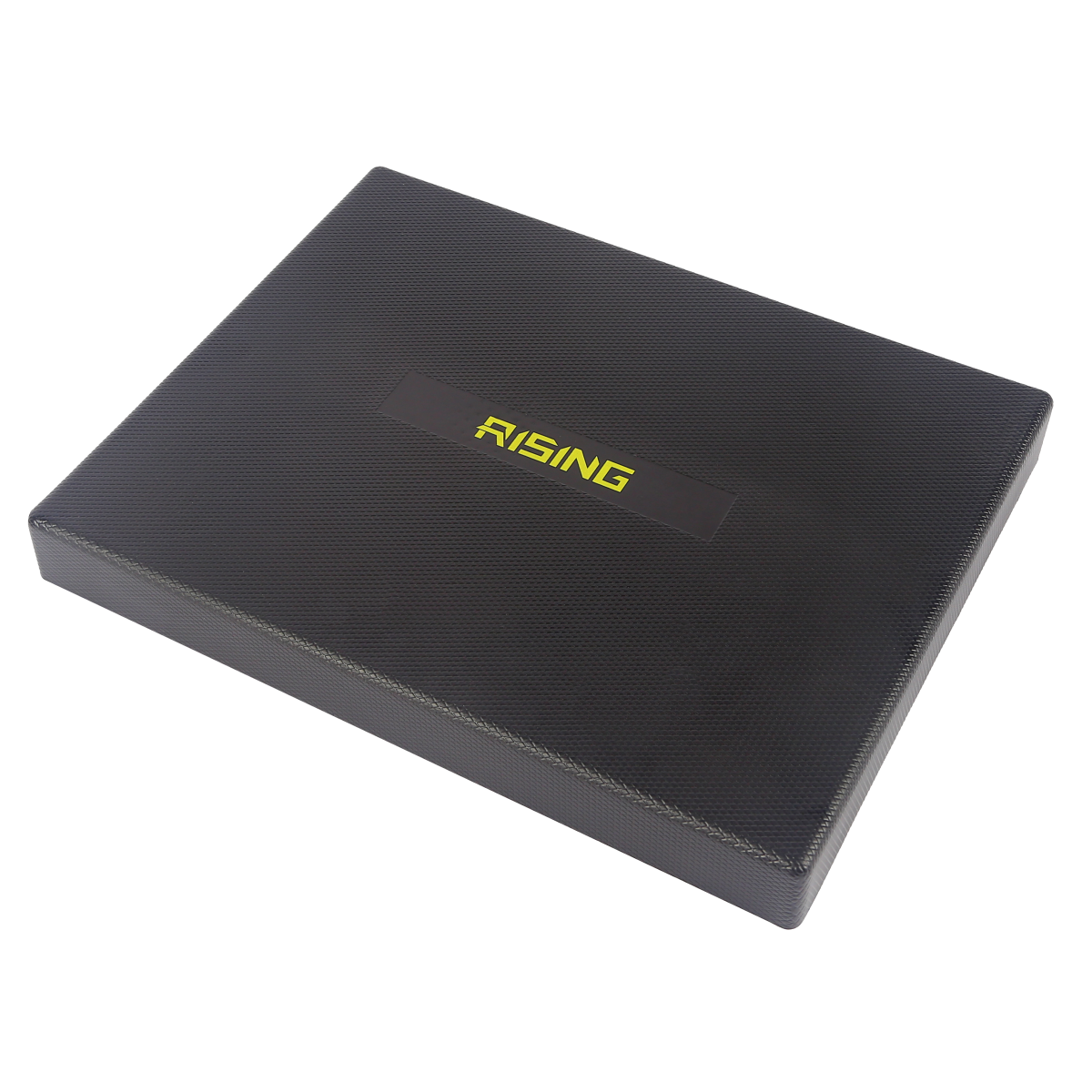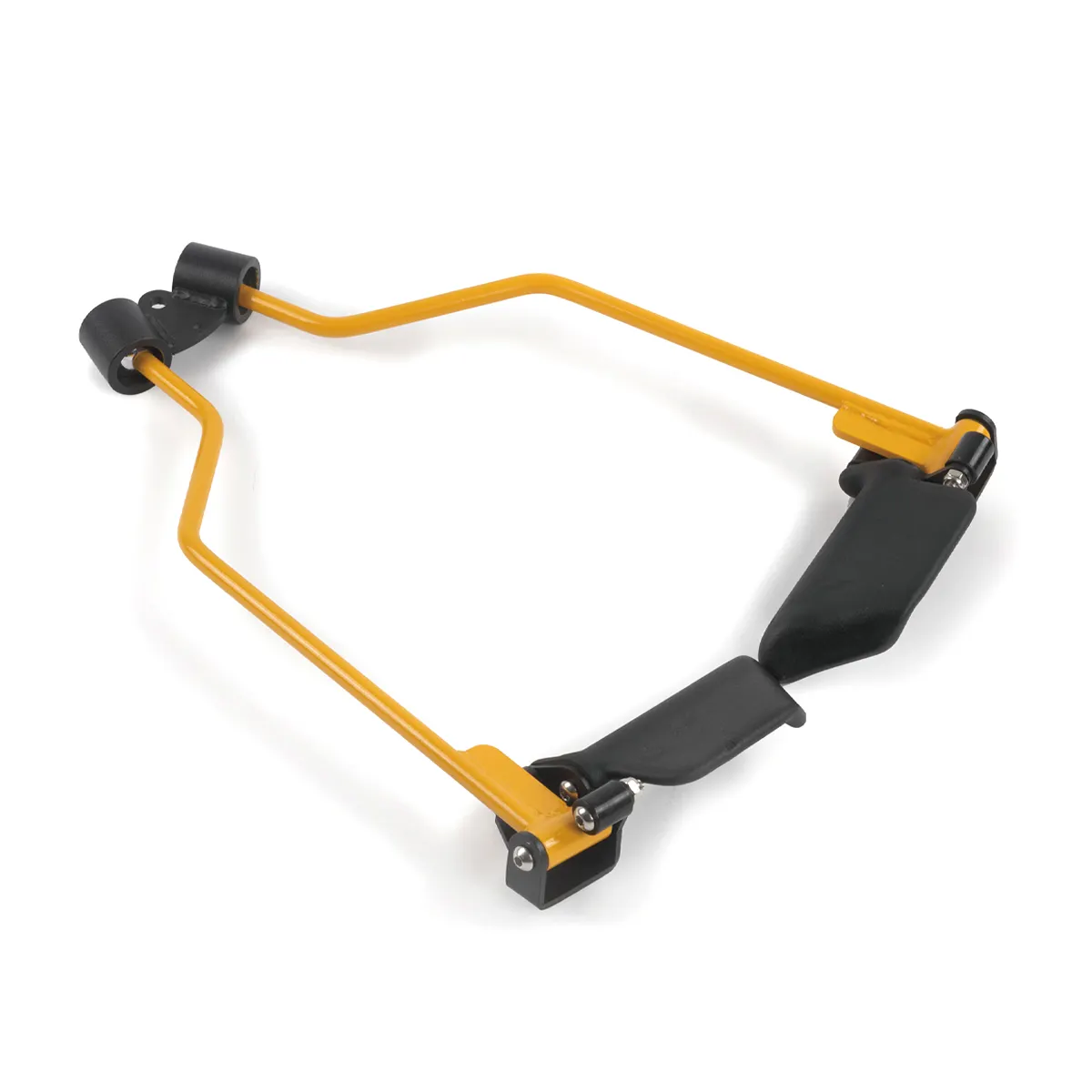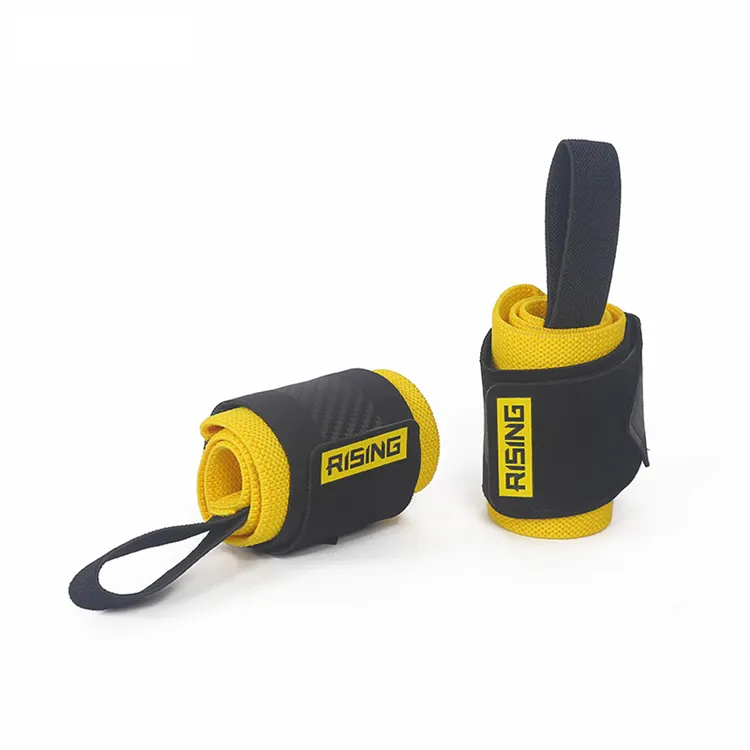weight plate price
Weight plate prices vary significantly in today's fitness equipment market, reflecting different quality levels, materials, and manufacturing standards. Standard weight plates typically range from $1 to $4 per pound, with premium options commanding higher prices. These essential fitness tools are available in various materials, including cast iron, steel, rubber-coated, and urethane-coated options. The pricing structure often correlates with durability, accuracy, and finish quality. Entry-level cast iron plates might show slight weight variations and basic finishing, while premium plates offer precise calibration and superior coating for enhanced longevity. Commercial-grade plates, designed for high-traffic gym environments, usually feature advanced protective coatings and exact weight specifications, justifying their higher price point. The market also offers specialized competition plates, which adhere to international weightlifting standards and typically command premium prices due to their exceptional build quality and precise weight calibration. Modern manufacturing techniques have introduced innovative features like integrated handles, noise reduction technology, and enhanced grip textures, all of which influence the final price point.


